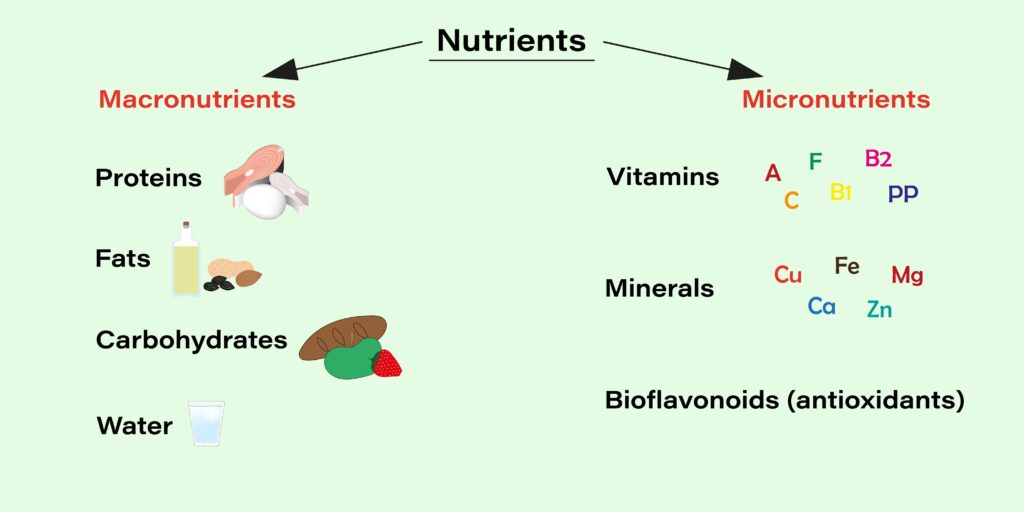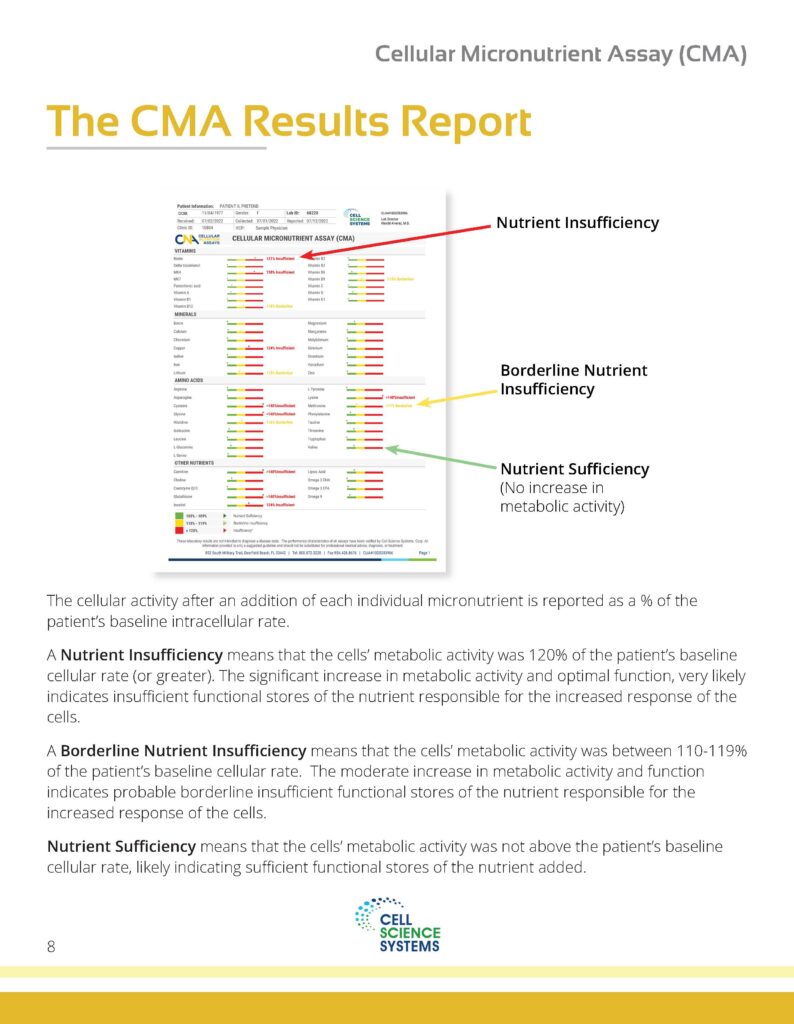Micronutrient Testing
What is Micronutrient Testing
Micronutrient Testing looks for insufficiencies in micronutrients (vitamins and minerals) as well as amino acids, and other nutrients within immune cells. This is a reflection of long-term nutrient status not just a “snapshot” as we see in serum nutrient tests. We use Cell Sciences Cellular Nutritional Array for our Micronutrient testing.

Cellular Nutritional Array
Most conventional laboratory test’s target values are set using population averages. Therefore, the established ranges end to be broad and do not take into consideration various individual factors. However, nutrient requirements are unique to each individual. Stress, genetics, high energy output in sports, pregnancy, recent infection, toxic burden, sleep patterns, age, and gender all play a role.
The Cellular Nutritional Array is exactly calibrated according to your individual needs and how your immune cell respond to the addition of each test item. You serve as you own control. That is, your baseline is the measurement of your own level of cellular metabolism, while the cells are cultured in autologous serum. Single nutrients are added- one at a time – to the culture and, the changes in metabolic activity are compared to your baseline level. Thus the isolated variable is the single nutrient being tested.
An increase in metabolic activity of the cells following a nutrient addition in vitro, can be assumed to reflect a functional insufficiency of that nutrient. Metabolism happens WITHIN the cells. Serum nutrient measurement is only a “snapshot” of nutrient status. Cellular activity gives insight into the LONG TERM nutrient status.

Additional Tests
- The Redox Assay measures the overall antioxidant function of the individual’s immune cells.
- The Antioxidant Protection Assay (APA) identifies specific antioxidants that significantly improve the individual’s antioxidant capacity and protect the cells from oxidative damage.
